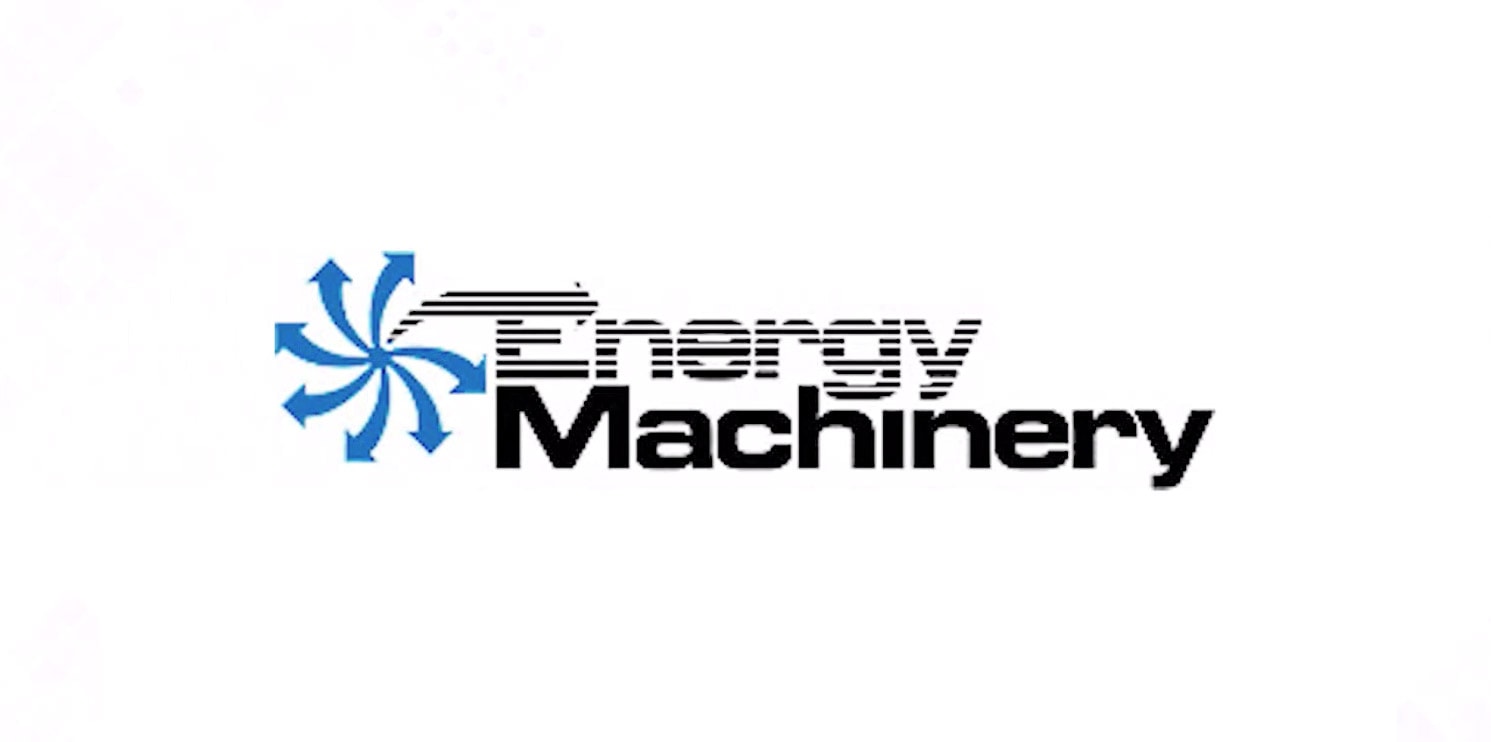How Compressed Air Is Used in Hospitals
Energy Machinery, Inc.Medical air compressors play an essential role in healthcare settings. From helping control contamination to powering life-saving equipment, medical-grade compressed air in hospitals fulfills a variety of important functions reliably. Air compressors also help hospitals maintain compliance with numerous safety standards and maintenance requirements. Learn more about the role medical air compressors play in the […]
What to Look for in an Air Compressor Service Provider
Energy Machinery, Inc.Modern industrial production relies on compressed air to power equipment and keep operations running smoothly and reliably. In markets ranging from electronics and automotive to chemical and pharmaceutical, air compressors play a vital role. Choosing the right air compressor service provider can ensure you have continuous performance, minimal unscheduled downtime, and compressed air at the […]
What’s the Difference Between a Scroll Vs. Screw Compressor?
Energy Machinery, Inc.Industrial air compressors have an important part to play across numerous industries, powering everything from pneumatic tools to HVAC systems. The efficiency and performance of these machines depend on selecting the appropriate compressor type for the application’s specific needs. Scroll compressors and screw compressors are the two main types, each with its distinct advantages and […]
How to Reduce Pressure Drop in Compressed Air Lines
Energy Machinery, Inc.Many industrial applications depend on compressed air, but it can be difficult to maintain the efficiency of the compressed air system and minimize pressure drop. A pressure drop occurs when the pressure of the compressed air decreases as it moves through the air system. It can result in equipment damage, increased energy consumption, and poor […]
Cycling Refrigerated Air Dryer Vs. Non-Cycling
Energy Machinery, Inc.Compressed air is critical in numerous industrial processes, and maintaining its quality is paramount in ensuring optimal system performance. Refrigerated compressed air dryers play a crucial role in compressed air quality by removing contaminants and moisture. However, it’s important to choose the right type of refrigerated air dryer: cycling or non-cycling. Here, you’ll learn more […]
How Air Compressors Are Used in the Pharmaceutical Industry
Energy Machinery, Inc.Applications within the pharmaceutical industry rely on extremely clean compressed air that is free of contaminants. Oil-free air compressors help achieve this high level of air purity, making them a popular choice for processes ranging from formulation mixing to pharmaceutical product packaging and more. By ensuring contaminant-free pharmaceutical production, oil-free air compressors reduce rejection rates, […]
Different Types of Reciprocating Compressors
Energy Machinery, Inc.Reciprocating compressors are positive-displacement machines that compress and deliver gases at high pressures through the use of a piston or plunger. Refineries, gas transmission pipelines, and many other applications use reciprocating compressors to transfer hydrogen, oxygen, and other gases. This type of compressor is often used when the process fluid is relatively dry and when […]
What Is a Compressor?
Energy Machinery, Inc.Many industrial processes rely on compressors to increase the pressure of a gas by reducing its volume. Industries such as HVAC, oil & gas, and more rely on compressors for everyday operations. Compressors work by forcing gas into the chamber where it is pressurized. From there, the pressurized gas is released so it can power […]
All About Oil-Free Air Compressors
Energy Machinery, Inc.Air compressors take in air and pressurize it, creating clean, compressed air that plays a vital role in industries such as textiles, electronics, food, automotive, and packaging. Air compressors are at most job sites given their varied applications. There are different types of air compressors that you can purchase for industrial use, and they vary […]
Rotary Screw Air Compressor Guide
Energy Machinery, Inc.Air compressors are pneumatic devices that increase the pressure of a gas by compressing it into a smaller volume. The kinetic energy contained in the pressurized air can then be used to power various tools and equipment. Based on their method of operation, air compressors can be split into several categories. The most common types […]







